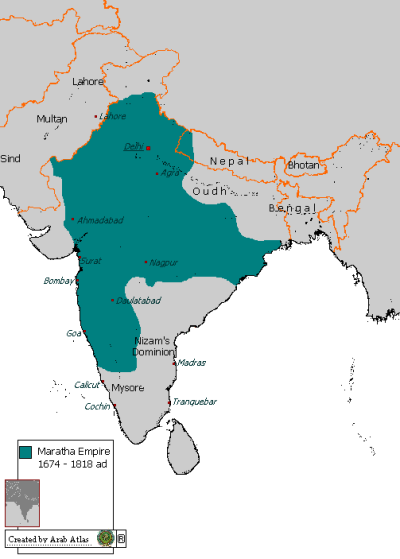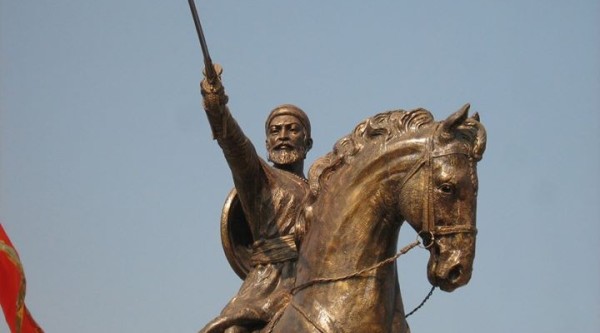The Great Maratha Kingdom Shivaji Maharaj Victory
The Great Maratha Kingdom :
The Great Maratha Kingdom existed from 1674 to 1818 over a large area of the Indian subcontinent. They are Hindu warrior group leaders and very famous for Guerrilla conflicts. They defy the Mughal Emperors with Guerrilla conflicts and make them away from asleep. Marathas are credited to a large extent for ending Moghul’s rule in India. Marata became prominent in the 17th century under the leadership of Shivaji.

Origin of The Great Maratha Kingdom:
Shivaji, son of Shajaji and Jijabai, was a famous warrior. He was brought up by listening to the warrior stories from Mahabharatha and Ramayana by his mother. His dream was to establish the Maratha Kingdom. He gathered local leaders and did Guerrilla conflict with Aurangzeb for a long duration and finally founded Maratha Dynasty in 1674CE. He succeeded in laying the foundation of the Hindu Marata Emperor. Shivaji was courageous in conflicts and show unbelievers dared to defy the big Mughal Kingdom. His administration, his devotion to God’s service and his people made him a prominent figure in the Maratha dynasty. He formed Independent Marata Nation and chose Raigad as the capital city of his kingdom.
The Great Maratha Kingdom Struggle to Sustain:
Mughal Emperors concentrated on the newborn kingdom and tried to suppress it by forcing the giant army. Still, Sivaji was undefeated and followed the guerrilla tectonics to terrify the Mughal army and protect his kingdom from 1681 to 1707, up to the death of Aurangzeb, the Marathas were involved in the fight with the Mughals and Indian history; these 27 years of the war marked the most extensive period of warfare ever. After the death of Aurangzeb, the Marathas surfaced triumphantly.

The Marata Kingdom was spread from Peshawar(present in Pakistan) to the North to Tamilnadu to the South. It was almost 1/3 of the entire Indian Territory.
The Rulers of the Maratha Empire:
- Shivaji
- Sambhaji
- Rajaram
- Tarabai
- Shahu
- Raja Ram
- Baji Rao
- Balaji Baji Rao
After the death of Shivaji in 1680, his son Sambhaji became the ruler and ruled for eight years. When he died, Rajaram, his stepbrother, rose to the throne and ruled from 1689 to 1700. When he breathed last in 1700, his wife, a strong woman named Tarabai, ruled the kingdom from 1700 to 1707. After her Shahu, Shivaji’s grandson rose to the throne. He designated Peshwa as the premier of the Marata Kingdom. Under the regime of Peshawar, the Marata Kingdom grew significantly.
The Great Maratha Kingdom System of Governance :
Shivaji brings the system of Pradhanas to simplify the administration.
They are:
Peshwa – He was a Pradhan(Principal) to the kingdom. He was responsible for administration, took essential decisions, and ruled the kingdom when the king was absent.
Mutalik: Served as Deputy to Peshawar.
Sardar Senapati: He controlled the armed forces and looked after the Territory.
Sardar: Deputy to Senapati
Navis: Look after the day-to-day operations of the crowned heads.
Amatya – Chief Revenue Minister.
Dabir – He was the foreign minister—welcomed diplomats of other countries.
Sachdev: Secretary to the Emperor.
Nyayadhish: He was the Chief Justice.
Pandit: He had the responsibility to resolve domestic spiritual disagreements.
2 thoughts on “The Great Maratha Kingdom Shivaji Maharaj Victory”